Just like humans, our pets can have weight issues mainly because they want to eat a lot, but sometimes this can be caused by a health problem. If you think your dog might have this problem, then together with the vet you should make a plan and help your beloved four-legged friend lose weight, improve their quality of life and overall health. Check DogLeashPro to learn how to keep your dog at a healthy weight.
Also, get ready for a long process as it can take up to six months until you get the desired results. Another important thing is the breed and size of the dog, as well as their current condition. There isn’t the fastest way to lose weight, and you probably already know it.
People can control themselves and maintain discipline when it comes to weight loss diets and a healthier lifestyle. But, when it comes to the controlled lifestyle, it can be quite difficult at first, especially if you have to substitute the food type or give them smaller amounts of their favorite meals. Sometimes you will have to mix dog food with other ingredients that are good for them, so that they can eat more nutritious food without going hungry. The truth is, this process can be exhausting for both of you, and you should have the support of your vet, so that you can give the dog the same support.
So like we said before you do anything you need to be aware of your pet’s breed characteristics and personal needs because even though they are all dogs they are quite different. That’s why we’re here today, to give you some tips and tricks, but also some tips on how to take care of your furry friend, without causing frustration or making things difficult.
1. Control the quality of the food
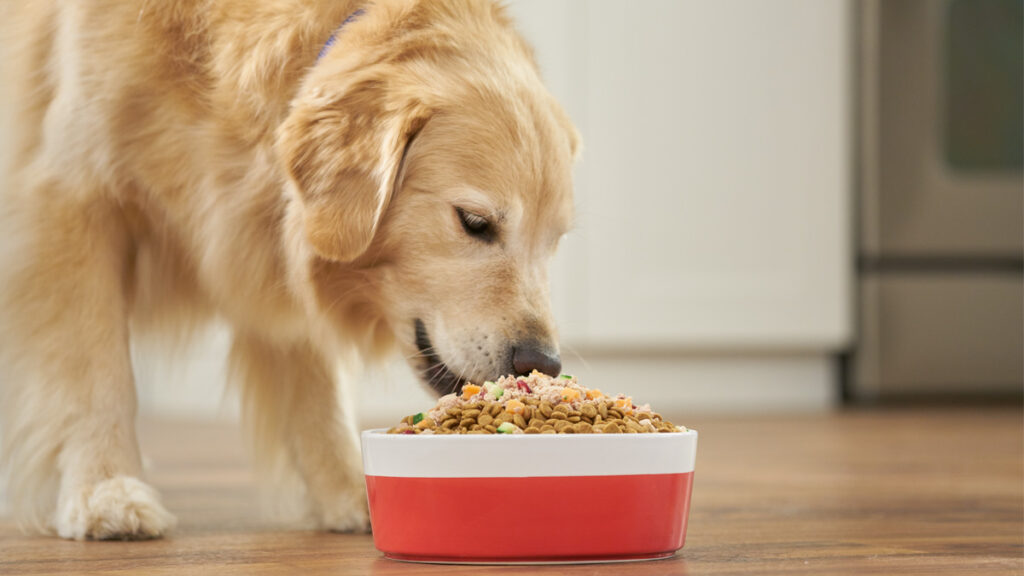
Once you have a pet, you are dedicated to its welfare because you simply took it along to give it a better life than it would have on the streets or in shelters. This means that you have an obligation to give all in your power to give them the love they need, and love does not mean huge meals. If your dog is overweight, the first thing you can do is take control of the quantities of food and its quality. Your veterinarian should always be available for you, to give you specific instructions, if necessary.
Try to use quality foods and control calories and other nutritional factors when choosing. If the breed requires a specialized diet, do so to avoid gaining weight.
2. Don’t give them more than necessary
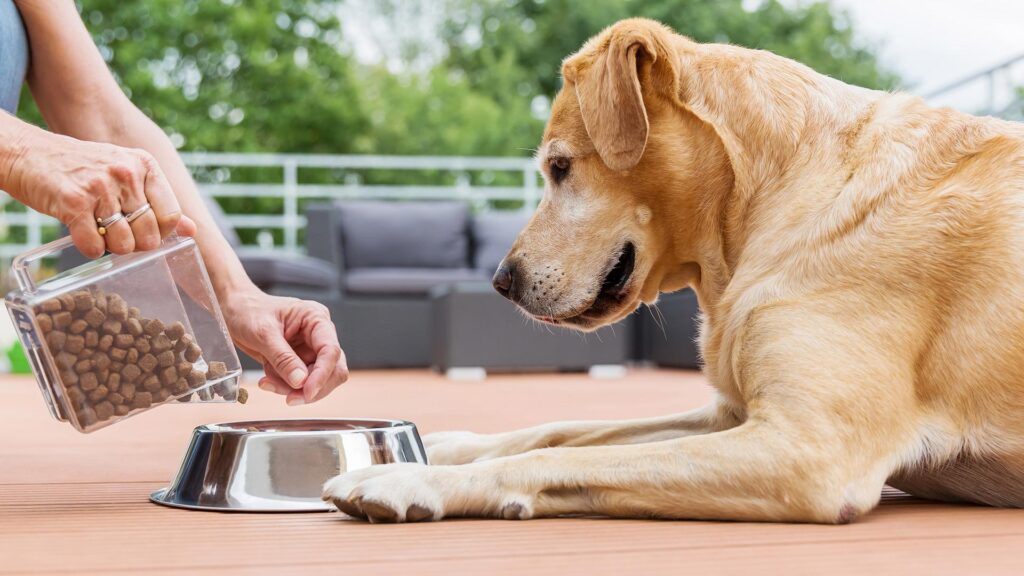
Many people tend to put more food in the bowl than they need, and they do so several times throughout the day. But, the truth is, two bigger meals a day is really enough, and a few treats in between. Another factor that has a huge influence on the situation is the activity. Some breeds cannot walk long distances, but there are some who need at least an hour or more of walking each day. Don’t skip this because it’s really important for them to be active, even if it only means a few minutes a day. If you are unsure, you can always ask your vet for instructions and the recommended amount of food to eat.
3. Divide the meal into smaller portions
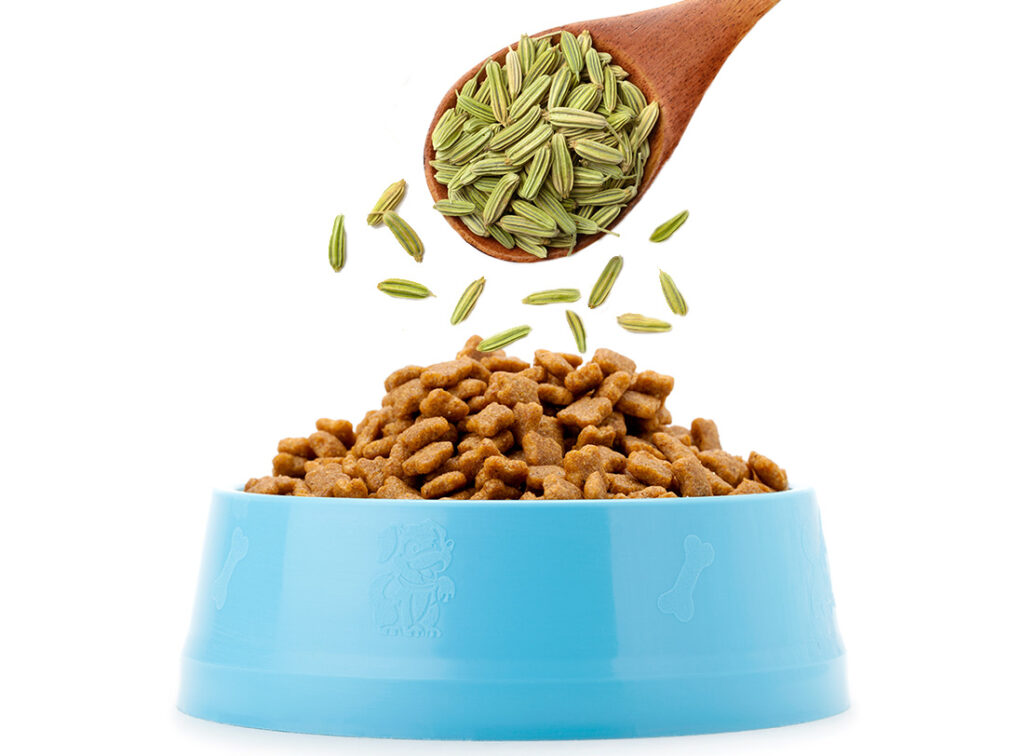
If you think they are eating a lot of food, you can try breaking the meal down into smaller portions and giving them four small meals instead of two large ones. This is one of the ways you can be sure your dog has enough time to digest food and burn calories step by step. The same is the same for people, if we divide our meals, we stimulate the metabolism, and the whole body functions normally, without causing a high body mass index.
4. Don’t skip your daily walks
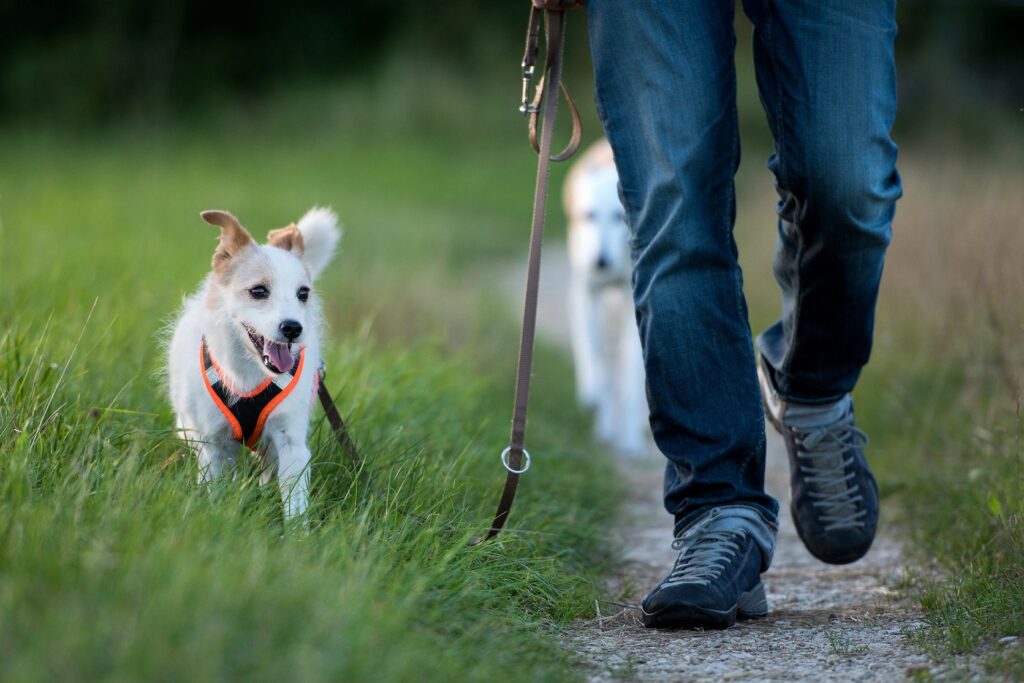
Choose your leash and other accessories, then go out and have fun together. You can find a lot of accessories, food, gear and cosmetics at DogLeash Pro, so just grab them and start your daily walk. Try to make things more fun for the dog, visit a pet park, where you can free them, run and jump everywhere. At the end of the day, they’ll burn more calories, sleep better, and be generally happier.
5. Also count treats as a meal.
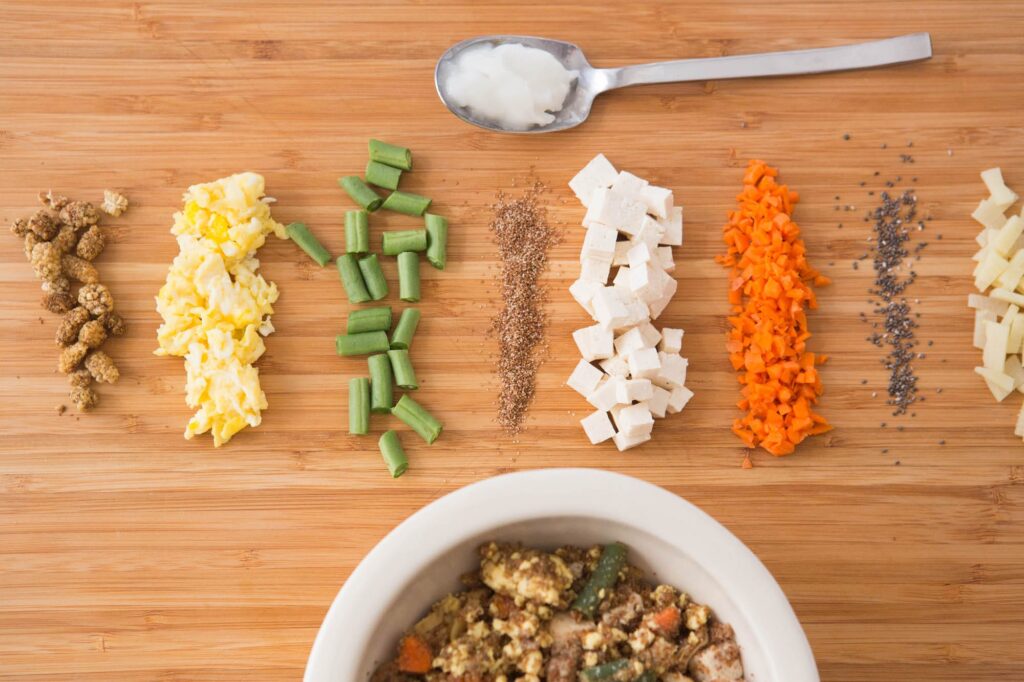
Treats are high in calories and sometimes have no other nutritional value. But we all know that dogs simply adore them and you can’t wait for you to give them another one, especially when they have behaved well. But that doesn’t mean you have to give it your all. It’s really enough, just one a day. On the flip side, some vets suggest trying to give them fresh ingredients, including low-sugar fruits and vegetables, but before that, ask your vet for advice – as they know everything about your dog and can help you. give a specific suggestion on how to include fresh foods in their meals.
6. Make sure it’s not a medical condition
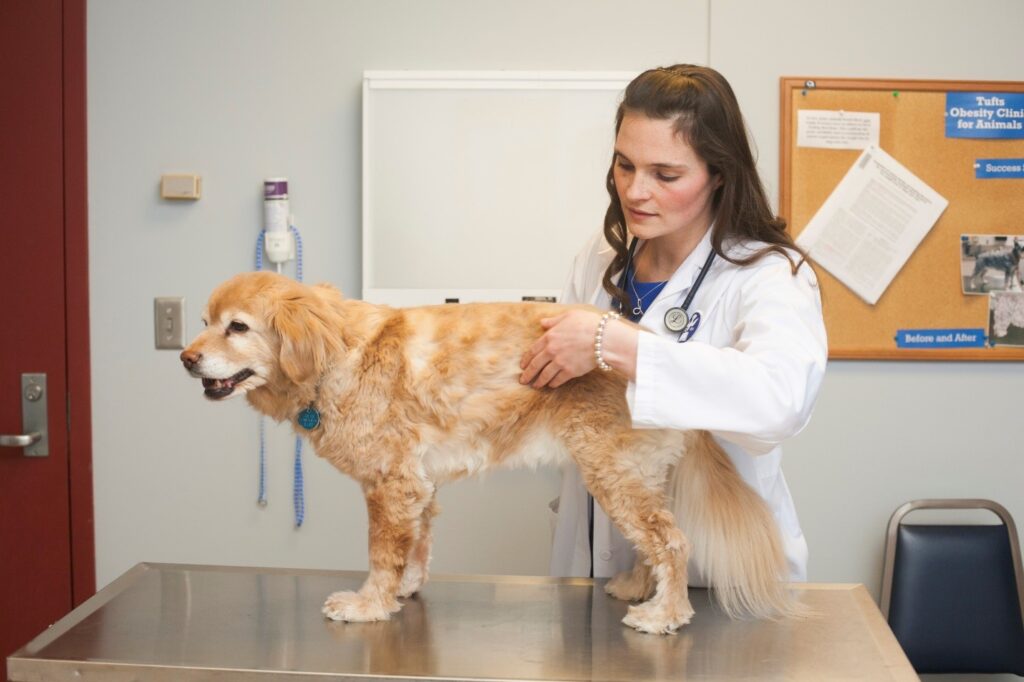
Sometimes it is not enough to reduce calorie intake and increase the number of daily exercises. Check with your veterinarian, to be sure there is no specific medical condition it causes weight problems. Certain conditions can cause a slower metabolism, and even if you control the food and exercise with it, that is not enough, as it needs to be treated properly by a vet.
Our pets play an important role and role in our lives. Once we take them, we have an obligation to improve their lives, as much as we can. And they really deserve it. So, do your best to control the quality of food and try to be the most devoted to its welfare. They will always be there to give you enough love for it.
